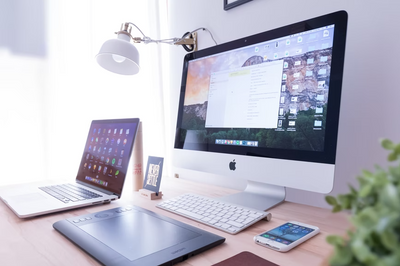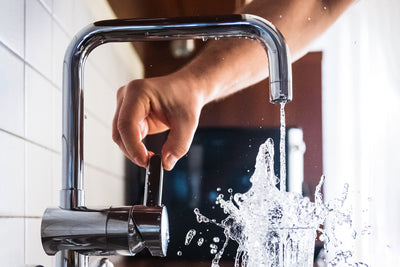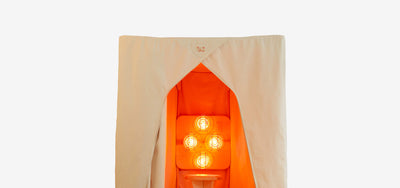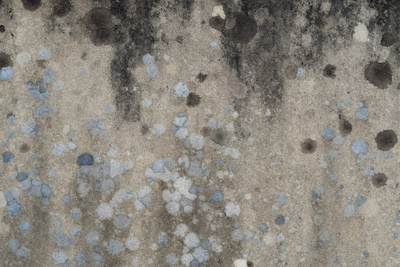Why it’s Time to Take Clean Air Seriously – Starting in Your Home

According to a sobering review (1) by the Forum of International Respiratory Societies’ Environmental Committee, air pollution can cause damage to “every organ in the body” - exacerbating and triggering conditions including cancer, dementia, diabetes, heart disease and fertility issues.
The public conversation on pollution is often dominated by outdoor air, but with people now spending almost every hour of their days indoors, is it time we shifted the spotlight from outside to inside – turning our attention to the air circulating in our homes?
Dirty air: more of an issue inside the home than outside?
Last year, a group of leading academics, gathered together by The Spectator (2) to discuss the growing problem of air quality in Britain, agreed that “most of our exposure to air pollution occurs in our homes and workplaces.”
Air pollution expert Professor Stephen Holgate said the issue lies in the fact that people have “always assumed that it’s while you are walking up and down the streets that you get oral exposure but it’s not: people breathe air in homes, air comes into houses.”
According to a recent report (3) by Airtopia, nearly half of all homes demonstrate “dangerous levels of indoor air pollution”, with toxic substances known as Volatile Organic Compounds (VOCs) a recurring feature.
Formaldehyde, a VOC found in MDF, paints, furniture and varnishes, was “identified as one of the most toxic pollutants prevalent in UK homes”. However, public awareness of indoor air pollution remains minimal, with many unable to name key sources (4) and unaware of the tools available to improve air quality.
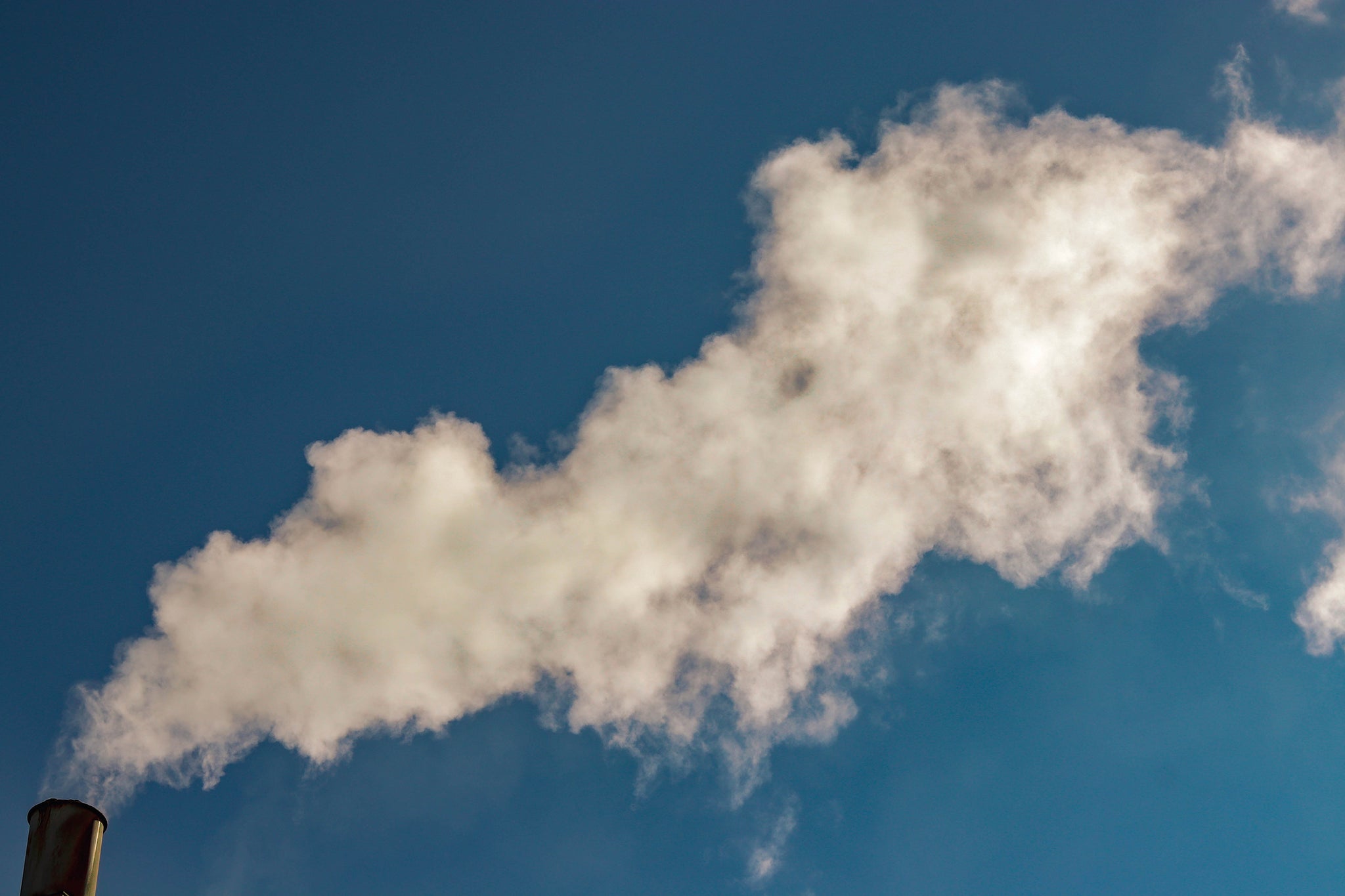
The growing problem with ultra-fine particles
Air pollution particles are getting smaller. Their increasingly microscopic size makes them extra dangerous and invasive – with ultra-fine particles capable of travelling deep into the lungs, and potentially crossing the blood-brain barrier.
Professor of Paediatric Respiratory and Environmental Medicine, Jonathan Grigg, told the Spectator: “these very small particles are coated with all sorts of horrible toxins and are getting into places where they are not being handled.”
A 2019 study (5) by Clean Air Day showed that ultrafine particle pollution is “on average 3.5 times higher inside the home than outside”, and in one severe case, “peaked at 560 times higher than outdoors” – with indoor pollution often taking much longer to disperse.
Clean Air Day’s data revealed how “outdoor air pollution adds to indoor air pollution, building up in the home”.
Professor Holgate said the study showed “the scale of the air pollution challenge” we face in our homes.
Voicing a particular concern, Holgate said “with children spending increasing hours indoors”, they risk extra exposure to ultrafine particles of pollution, which can “have a greater impact on vital organs”.
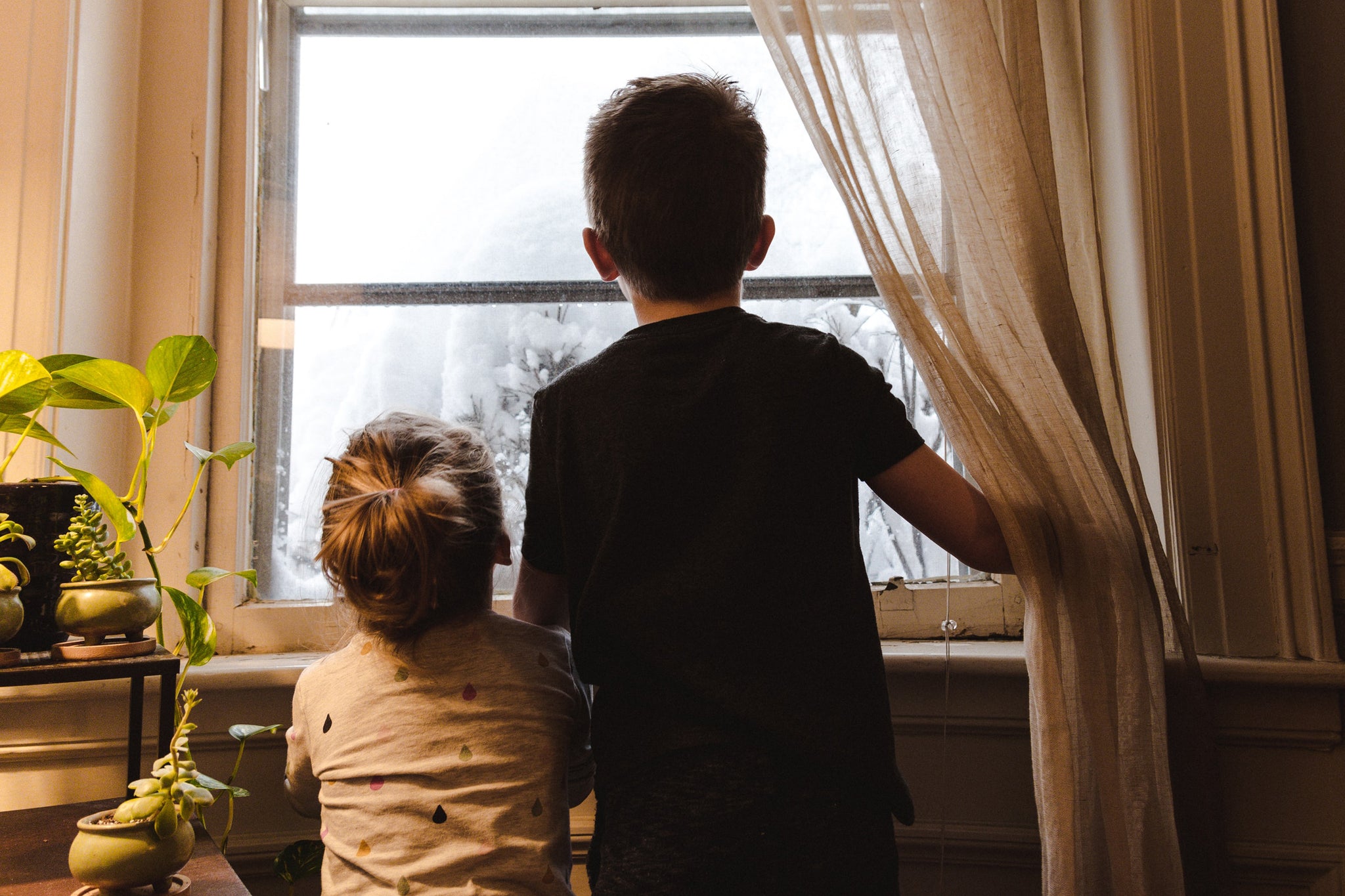
The evidence linking indoor air pollution and respiratory problems in children
Even before coronavirus lockdown measures were introduced, children in the UK spent a paltry 68 minutes outside on an average day, with the rest spent indoors.
The shocking effects of long durations inside spent breathing in often sub-standard air were revealed earlier this year, when a systematic review (6) linked poor indoor air quality to a range of childhood health problems including asthma, conjunctivitis, sleep disorders and eczema.
The review found that indoor air, and the pollutants it contains, is the result of “a complex set of factors” including building materials, poor ventilation and the varied activities of a building’s occupants – from cooking to cleaning.
Alongside absorption through the skin and ingestion, inhalation was found to be the main route of toxin exposure, with “over 80% of the research” finding links “between indoor pollution and children’s respiratory health.”
But, though vulnerable, children are not alone in their susceptibility to the toll on wellbeing that contaminated indoor air can wreak - with research showing (7) adverse impacts across all age ranges.
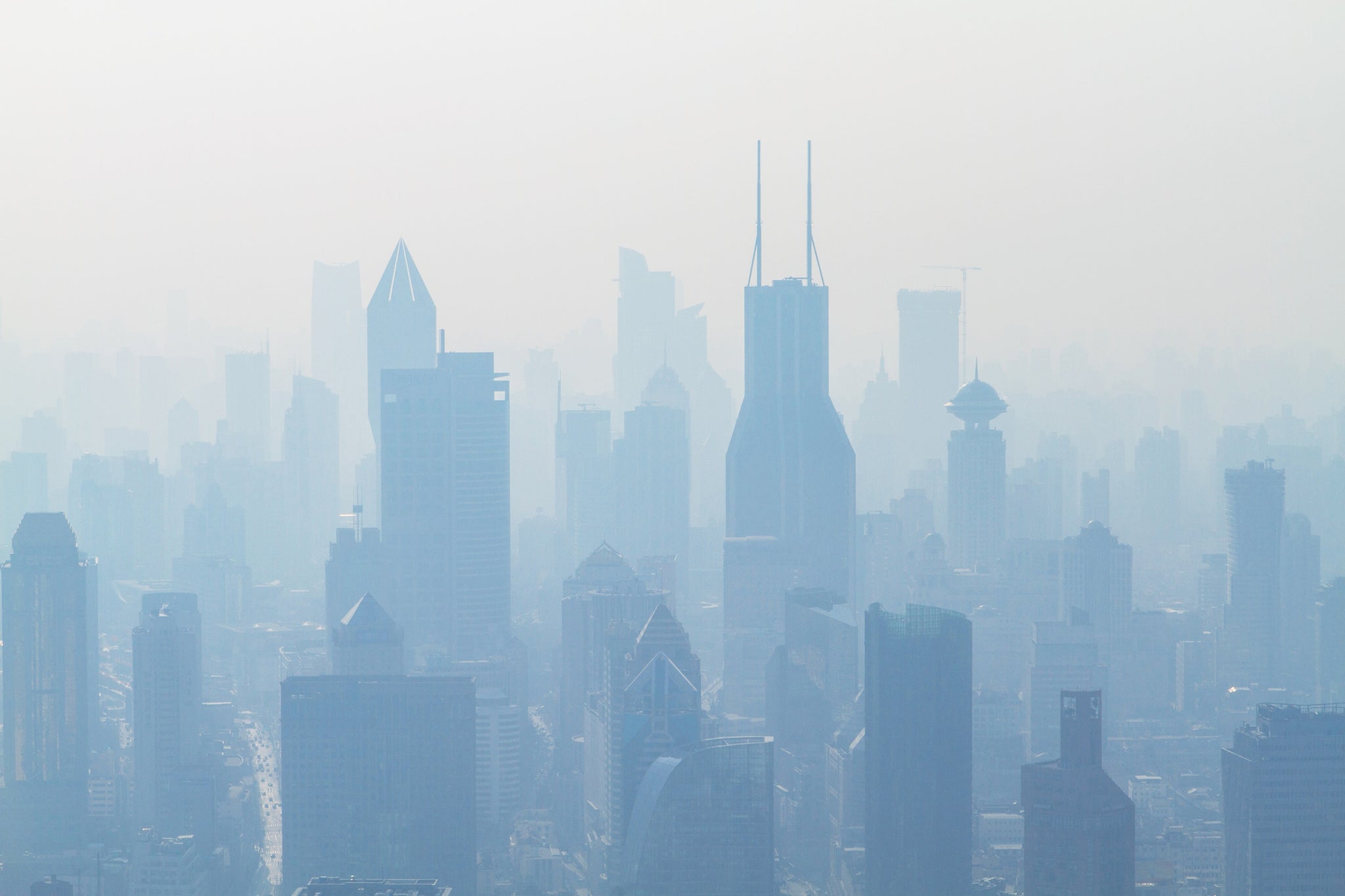
Could air pollution make coronavirus infections deadlier?
Now, in the midst of the coronavirus crisis, some scientists believe that people living in polluted areas are “far more likely” to die from Covid-19 than those in zones with cleaner air.
The study, (8) by researchers at the Harvard TH Chan School of Public Health in Boston, looked at air pollution and Covid-19 deaths in 3,000 US counties, covering 98% of the population, and concluded that “an increase of only 1μg/m3 in PM2.5 [particles] is associated with a 15% increase in the Covid-19 death rate”, saying the results are “statistically significant and robust”.
These findings are consistent with research carried out during the 2003 Sars outbreak, which showed that “air pollution exposure dramatically increased the risk of death”.
The scientists said (9) air pollution was already known to heighten the risk of acute respiratory distress syndrome, which is often fatal and has been linked to Covid-19-related deaths.
Another recent study, this time concentrating on Northern Italy, (10) also found a correlation between Covid-19 deaths and pollution, concluding that: “the high level of pollution in northern Italy should be considered an additional co-factor of the high level of lethality recorded in that area.”
The authors behind the Italian research said: “it is well known that pollution impairs the first line of defence of upper airways, namely cilia, thus a subject living in an area with high levels of pollutant is more prone to develop chronic respiratory conditions and [is more vulnerable] to any infective agent”.
The team at the Harvard TH Chan School of Public Health said their findings highlighted the urgent need to take air pollution seriously, advising that “we should consider additional measures to protect ourselves from pollution exposure”.
Could air pollution particles be acting as vehicles for pathogen transmission?
In a preliminary study, (11) the team at the University of Bologna in Italy detected coronavirus on particles of air pollution – which was later confirmed by blind testing at an independent laboratory.
“The pollution particle is like a micro-airplane and the passengers are the [coronavirus] droplets,” explained Leonardo Setti, who led the research.
The idea that air pollution particles could help coronavirus travel longer distances has been suggested (12) by two further research groups. (13)
Professor Jonathan Reid from Bristol University, who is investigating airborne transmission of Covid-19, said: “it is perhaps not surprising that while suspended in air, the small droplets could combine with background urban particles and be carried around.”
Reid said that, in China, the coronavirus had been found in tiny droplets collected indoors.
Previous studies, (14) carried out long before the current coronavirus outbreak, have shown that air pollution particles can harbour “rich and dynamic microbial communities, including a range of microbial elements that are associated with potential health consequences”.

How healthy buildings can help in the fight against pathogens
Writing in the Financial Times, (15) Harvard University professor and co-author of ‘Healthy Buildings’, Joseph Allen, said that “the 1918 Spanish flu pandemic [...] and Sars all show that living conditions can play a critical role in the spread of disease”.
But, Allen added; “if buildings can make things worse, they can also make things better”, saying it is “clear that we can enlist buildings to help us in this fight”.
Allen’s recent research found that, “when ventilation and filtration rates were increased, and when classrooms used portable air purifiers to supplement the building systems, there was a 50 per cent reduction in the relative risk of transmission.”
Other studies have shown that better filtration “can reduce risk from influenza, rhinovirus, tuberculosis and Sars” said Allen, concluding that “the good news here is that it’s quite easy to improve ventilation and filtration in most buildings.”
David Frise, chief executive officer of the Building Engineering Services Association (BESA), agrees, saying: (16) “tackling indoor air quality is a lot more straightforward than cleaning up polluted outdoor air as it involves a series of well understood (relatively inexpensive) measures to improve the performance of filtration, ventilation and air cleaning – so that the building becomes a ‘safe haven’ from what is going on outside.”
BESA believes that (17) air purifying and filtering should become standard practice in the wake of the Covid-19 pandemic, with clean air technologies and strategies adopted by every healthcare facility in the UK - and ideally by homeowners too.
Radic8: the clean air company making the world’s most advanced air purifiers
"Whilst full clarity around Covid - 19 is still lacking”, says Conscious Spaces founder Tara Williams, “what we do know for sure, is that the science has shown air quality to be of critical importance to good health - both indoors and out.”
“For those people within vulnerable groups, or those wanting to take that extra measure to improve their indoor environment, there has never been a better time than now to address air quality in our homes."
Enter Radic8: the clean air company that makes the world’s most advanced air purification technology.
Developed in South Korea, Radic8’s technology is the only example of its kind to have been successfully tested on all main virus groups.
With a 99.9999% ‘kill rate’, no pathogen trace is detected once the air has passed through Radic8’s technology, which carefully controls the flow of air at the same time. This means enhanced protection against airborne and droplet transmission routes, as well as minimised surface settlement.
Radic8 air purifiers offer medical-grade technology that destroys all air pollutants (not only viruses) - including bacteria, allergens, VOCs and mould – conveniently packaged in a sleek, simple, easy-to-use design.
This is why we’re so excited to bring you a full range of Radic8 products in the Conscious Spaces shop.
The company hit the headlines (18) last June when they partnered with a London primary school in a particularly polluted area, to launch the ‘We Share Clean Air’ campaign - installing Radic8 technology in every classroom.
Speaking about the project, Radic8 UK CEO, Richard Greenwood, said that while other schools have trialled air purification systems in the past, “our technology destroys thick air, it neutralises toxic air and it traps dirty air, so it goes above and beyond what a common air purifier does.”
Head teacher Tim Barber said he felt installing Radic8 air purifiers was “an investment in the long-term health of the children. You can’t prepare them for the future with their reading and their writing, and then not prepare them for the future in terms of their lung development.”
Greenwood was inspired to set up Radic8 after failing to find an effective solution for his father, who suffers from Chronic Obstructive Pulmonary Disease.
Radic8 technology is manufactured in South Korea, where “over 80% of hospitals use our technology and it’s mandatory in all lung examination rooms”, says Greenwood. (19)
Speaking during a recent BESA webinar, Greenwood said the ventilation industry had an important role to play both during and after the current coronavirus outbreak. “People should take clean air seriously”, he warned.
We couldn’t agree more.
Take a look at our pick of Radic8 air purification products below
References
(1) https://journal.chestnet.org/article/S0012-3692(18)32723-5/fulltext
(2) https://www.spectator.co.uk/article/do-we-need-to-worry-about-air-quality-in-britain-
(3) https://www.cleanairday.org.uk/news-stories/nearly-half-of-uk-homes-have-high-indoor-air-pollution-new-report
(4) /blogs/science/indoor-air-quality-why-its-so-important
(5) https://www.cleanairday.org.uk/news-stories/revealed-indoor-air-pollution-3-5-times-worse-than-outdoor-air-pollution
(6) https://www.rcpch.ac.uk/resources/inside-story-health-effects-indoor-air-quality-children-young-people
(7) https://www.rcplondon.ac.uk/projects/outputs/every-breath-we-take-lifelong-impact-air-pollution
(8) https://projects.iq.harvard.edu/covid-pm
(9) https://www.theguardian.com/environment/2020/apr/07/air-pollution-linked-to-far-higher-covid-19-death-rates-study-finds
(10) https://www.sciencedirect.com/science/article/pii/S0269749120320601
(11) https://www.medrxiv.org/content/10.1101/2020.04.15.20065995v2
(12) https://www.ncbi.nlm.nih.gov/pmc/articles/PMC7151372/
(13) https://www.ncbi.nlm.nih.gov/pmc/articles/PMC7156797/#CR6
(14) https://genomebiology.biomedcentral.com/articles/10.1186/s13059-020-01964-x
(15) https://www.ft.com/content/5083fd42-4812-11ea-aee2-9ddbdc86190d
(16) https://www.building.co.uk/communities/how-buildings-can-fight-coronavirus/5104464.article
(17) https://www.fmj.co.uk/air-cleaning-should-become-standard-practice-after-pandemic-says-besa/
(18) https://www.standard.co.uk/futurelondon/cleanair/clean-air-toxic-air-hugh-myddelton-primary-school-richard-greenwood-ceo-at-radic8-a4177041.html
(19) https://www.medicaldevice-network.com/features/radic8-covid-19/









